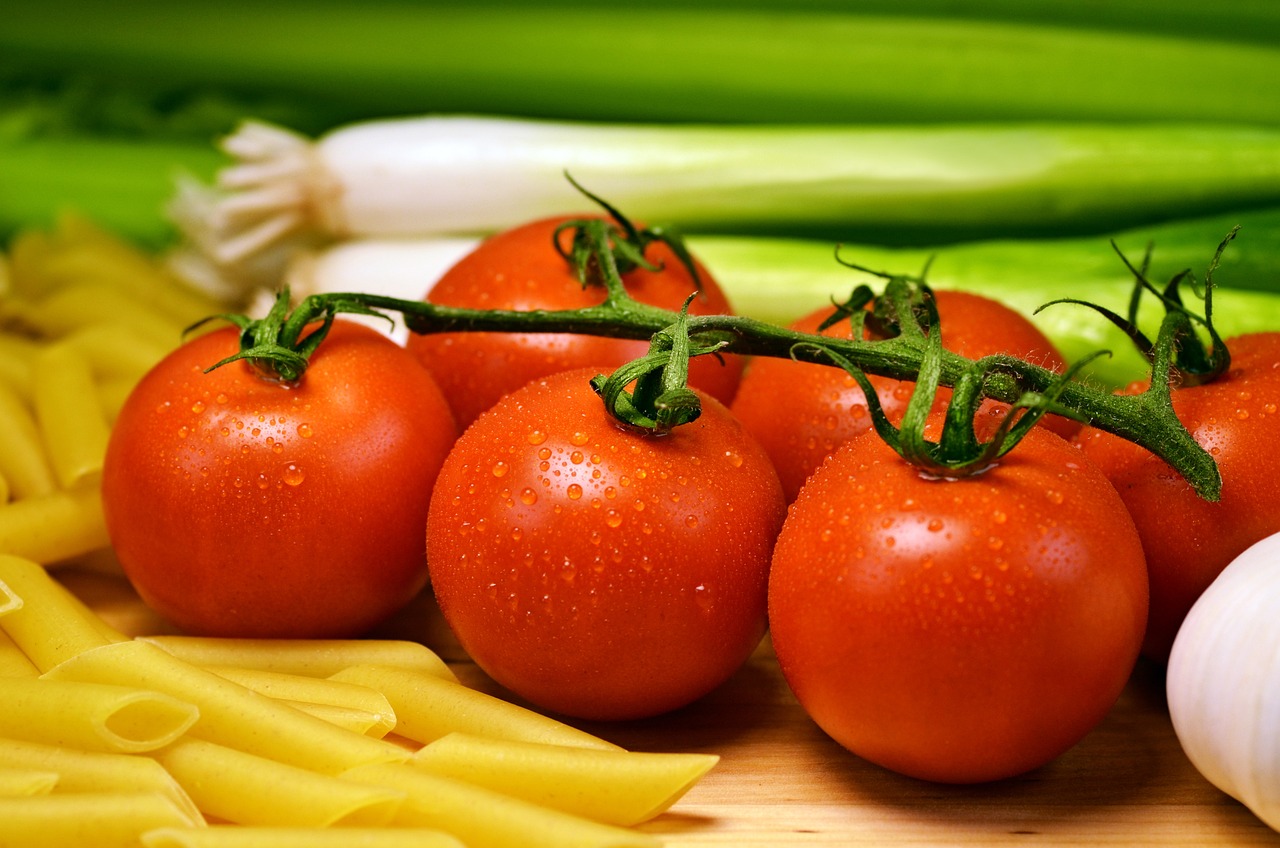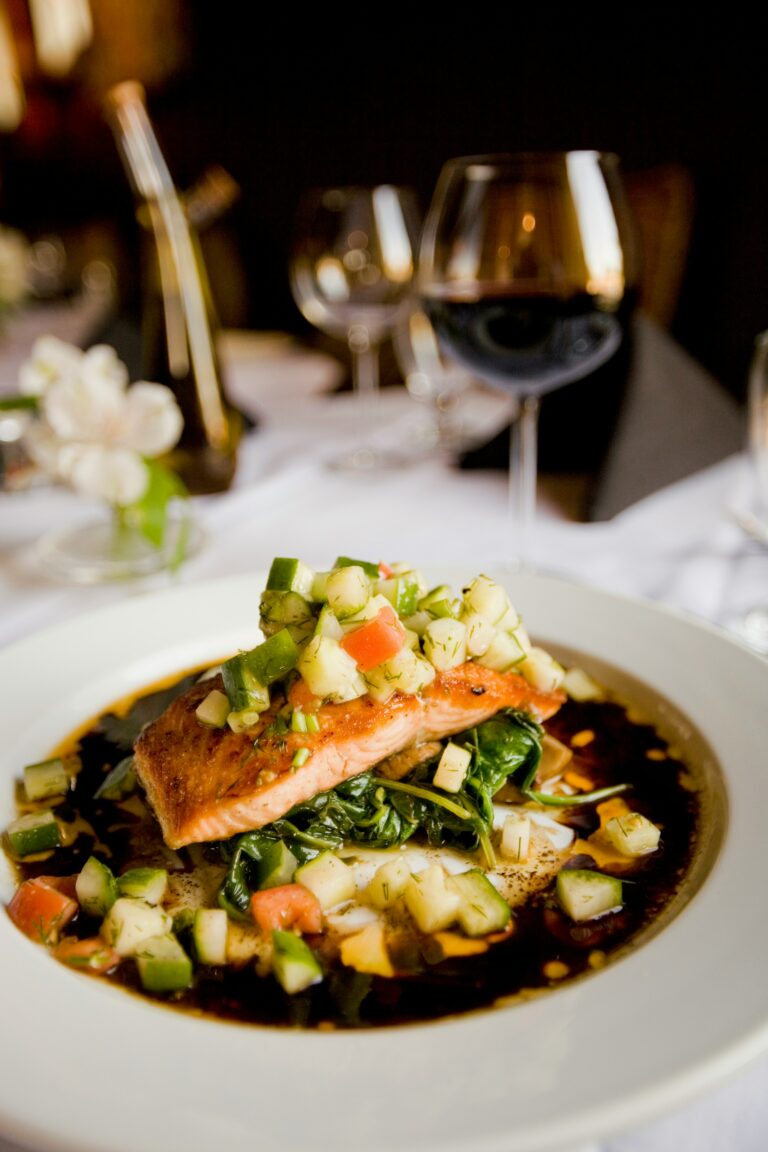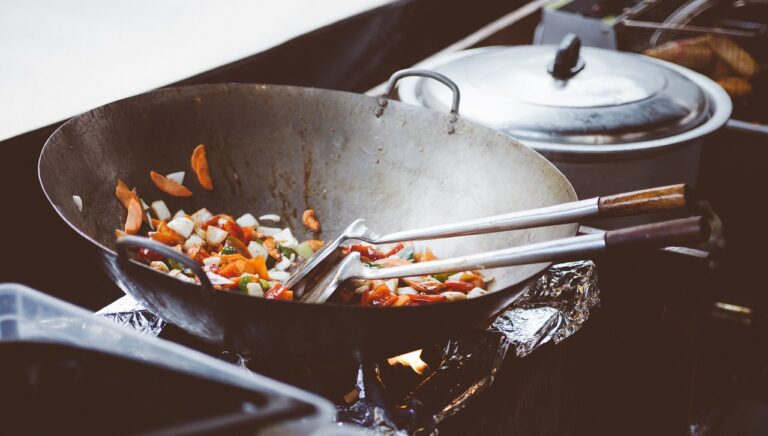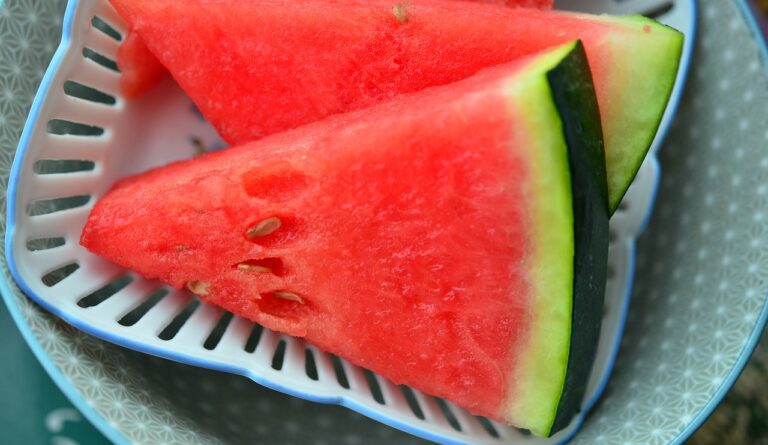The Ultimate Guide to Cooking with Cast Iron: Tips and Tricks for Success
To season your cast iron pan, start by preheating your oven to 350°F. While the oven is heating up, wipe the pan clean with a paper towel to remove any debris. Then, place the pan in the oven for about 10 minutes to warm it up.
Next, remove the pan from the oven and apply a thin layer of oil to the entire surface of the pan, including the handle. Make sure to use an oil with a high smoke point, such as vegetable oil or flaxseed oil. Use a paper towel to spread the oil evenly and remove any excess. Place the pan back in the oven, upside down, and bake for 1 hour. This process will help create a non-stick surface on your cast iron pan, ensuring that it will last for years to come.
Choosing the Right Oil for Seasoning
When it comes to seasoning your cast iron pan, selecting the right oil plays a crucial role in the process. Not all oils are created equal when it comes to seasoning, so it’s important to choose one that can withstand high temperatures and will create a durable non-stick finish on your pan.
Some of the best oils for seasoning cast iron include flaxseed oil, vegetable oil, and canola oil. These oils have a high smoke point, which means they can handle the heat needed to properly season your pan. Avoid using oils with low smoke points, such as olive oil or butter, as they can break down at high temperatures and create a sticky residue on your pan.
• Flaxseed oil: Known for its high smoke point and ability to create a durable seasoning on cast iron pans
• Vegetable oil: A popular choice due to its affordability and availability, with a high smoke point ideal for seasoning
• Canola oil: Another great option with a high smoke point that can withstand the heat needed for proper seasoning
It’s important to note that the key to successful seasoning is not just the type of oil you use, but also how you apply it. Make sure to thoroughly coat your pan with a thin layer of oil before heating it in the oven. This will allow the oil to polymerize and form a protective layer on the surface of your cast iron pan.
Additionally, remember that seasoning is an ongoing process. After each use, simply wipe down your pan with a little bit of oil and heat it on low for about 10 minutes to maintain its non-stick properties.
• Thoroughly coat your pan with a thin layer of oil before heating in the oven
• Wipe down your pan after each use and heat on low for 10 minutes to maintain seasoning
Proper Cleaning and Maintenance
After each use, it is important to clean your cast iron pan properly to maintain its seasoning. Avoid using soap, as it can strip away the seasoning layer. Instead, gently scrub the pan with a brush or sponge and hot water. Make sure to dry it thoroughly by placing it on the stove over low heat or in the oven.
To prevent rusting, it is essential to always coat your cast iron pan with a thin layer of oil after cleaning. You can use vegetable oil, flaxseed oil, or any other cooking oil with a high smoke point. Simply apply a small amount of oil to the pan using a paper towel, making sure to coat the entire surface, including the handle and exterior. Store your cast iron pan in a dry place to keep it in optimal condition for future use.
Why is it important to season a cast iron pan?
Seasoning a cast iron pan creates a natural, non-stick surface and helps prevent rusting.
How often should I season my cast iron pan?
It is recommended to season your cast iron pan every few months, or as needed depending on usage.
What type of oil should I use for seasoning my cast iron pan?
It is best to use oils with a high smoke point such as vegetable oil, canola oil, or flaxseed oil for seasoning your cast iron pan.
How should I clean my cast iron pan?
To clean your cast iron pan, use hot water and a stiff brush. Avoid using soap, as it can strip away the seasoning.
How should I store my cast iron pan?
Store your cast iron pan in a dry place to prevent rusting. You can also rub a thin layer of oil on the surface before storing to maintain the seasoning.







